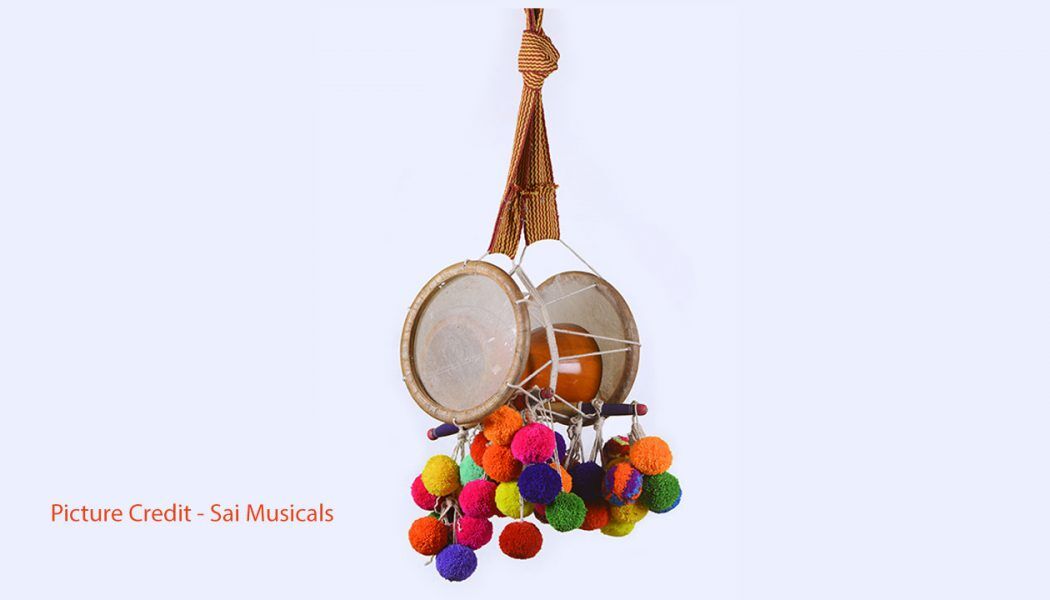Idakka
Idakka is a percussion instrument having its origin from Kerala in India. It is also spelt as Edakka or Edaykka which literally means “In the Middle”. This has shape like the “Damaru” and a two headed drum instrument but bigger than the Damaru.
Idakka is categorized among the Mangala Vadyas (auspicious instruments). Considering its divinity, it is never kept on the floor but hung near the Sanctum Sanctorum of the temple when not in use. It is believed that Vedas and Arts have connection with Idakka.
Construction
The Idakka consists of two circular drum heads. Each drum head is mounted within a circular ring. The shape of the body is of hourglass, which is placed between the two heads. The two rings are pulled towards each other using Laces. Drum heads are thus stretched over the open end of the body.
The length of the body is one and a half feet having a circumference of four inches in the middle and six inches on the open ends. The heads have larger diameter than the open end of the body. Soft Skin is used for the heads. Idakka is an instrument having a definite pitch and produces soft sounds. A band is tied across the lacings which is used for adjusting the tone.
There are four sticks fixed between the strings which is considered as representing the Vedas. There are 64 strings which represents the 64 kinds of Arts and 6 holes representing the 6 shastras. Idakka can produce all the Sapta Swaras.
Playing the Idakka
Idakka is played using a stick which is similar to and curved like the Chenda Stick but much thinner than the Chenda Stick. Snare-like strings are stretched across the open end of the body which are made of natural fiber. The Damaru on the other hand is played by rattling knotted cords. Pitch of the Idakka is changed by squeezing the lacing in the middle.
Idakka is mostly used for “Sopana Sangeetham” inside the temple but it is also one prominent instrument for the “Pancha Vadyam”. It is slung over the left shoulder (or right depending upon the player) and gently beaten on the right side head.
